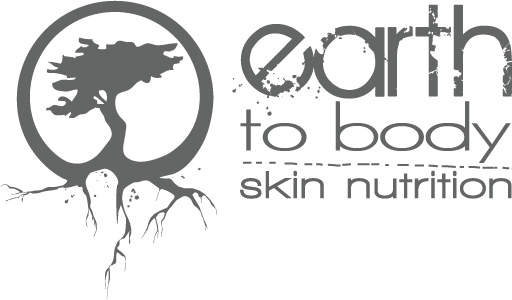
"Having no intention of following the cohort inside, she generously held open the entrance door and said, “Please, go ahead. You first.”
One job of disodium EDTA is to open doors. It does it well. While entry for others is encouraged, following is not necessarily on its agenda. Disodium EDTA is used in skin care (and food*) and while it is not easily absorbed into the skin, it’s the door opener. If the entry is a toxin, this enabler is encouraging a destruction.
Disodium EDTA does not discriminate as to what it lets in. The good, the bad and the ugly. Our concern is not the good healthy ingredients being moved along. It is the phthalates, carcinogens, SLS, BHT, synthetic fragrances, parabens and PEG’s to name a few. The bad. The ugly.
Certain ingredients are added to enhance the texture, feel, stability, colour and shelf life of skin care products. Many are questionable and appear on the Cosmetic Warning Lists. Throw in disodium EDTA to make them work even better, and you have a mix that is highly questionable.
Cosmetic products with disodium EDTA can include soaps, lotions, shampoos, shaving foams and contact lens solutions.
I chose at random a typical foaming cleanser, with disodium EDTA. The full ingredient list is:
Water, cocamidopropyl hydroxysultaine, glycerin, sodium lauroyl sarcosinate, peg-150 pentaerythrityl tetrastearate, niacinamide, peg-6 caprylic/capric glycerides, sodium methyl cocoyl taurate, propylene glycol, ceramide np, ceramide ap, ceramide eop, carbomer, methylparaben, sodium chloride, sodium lauroyl lactylate, cholesterol, disodium edta, propylparaben, citric acid, tetrasodium edta, hydrolyzed hyaluronic acid, phytosphingosine, xanthan gum.
Even if one does not understand all of the ingredients, most of us are aware that anything with parabens and pegs should be avoided. After all, disodium EDTA enables all.
Reading this listing might trigger the good impulse to return the product to the shelf and look elsewhere. While there are many skin care companies who defend the use of disodium EDTA, others don’t. When I read “studies still need to be done to determine any detrimental conditions to our health” I am always cautious.
While it may be difficult to avoid in many products, we can still read the labels of our skin care and make wise decisions. In itself, disodium EDTA is supposedly deemed to be safe, but as an enabler, we must be aware. If you see it on the label alongside other questionable ingredients, why take the chance? Especially when truly natural are available. Like us. Earth to Body.
*In foods, disodium EDTA also preserves the texture, colour and flavor and increases the shelf life. Products like mayonnaise, salad dressings, canned soft drinks, canned beans, pickled cabbage and cucumbers. We are reassured that the amounts added are carefully regulated.
- Connectez-vous ou inscrivez-vous pour publier un commentaire


Commentaires